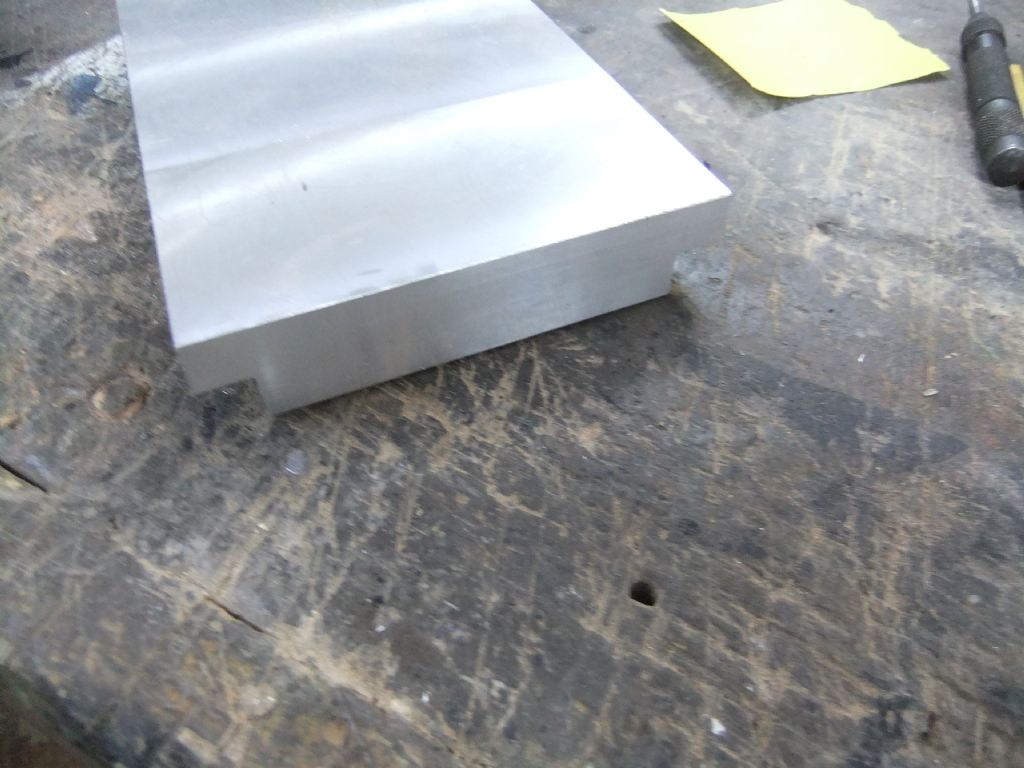I stopped posting about progress on my traction engines on here some time ago. However, yesterday at the Forncett Steam Museum model engineers day, I got a flea in my ear about not posting. Sadly I didn't get the name of the gentleman that gave me said flea, or more likely I've forgotten it.
Over the summer I have been busy in the garden and flying. For both gliding and power I needed to do revalidation flights, and CAA paperwork in the case of power.
More recently I have been working on the tenders for my engines. The first job was to machine, and flange, the sides from 3mm steel sheet. For economy reasons I used oxy-propane for heating rather than oxy-acetylene. Previous duff attempts had shown that I needed to use a lot of clamps. Initial flanging was done with a home made wooden mallet, followed by a steel bolster and copper mallet to tap the flange into close contact with the steel former:

After forming the sides were convex, due to the flange shrinking as it cooled. Ideally I wanted the sides to be slightly concave as this would make assembly easier. The distortion was removed by clamping the side over a steel rod, heating the flange to red along it's length and then letting it cool. Excess concavity was removed by heating an inch or so of the flange and letting it cool with the plate unclamped:

All four sides flanged, the flanges machined to size and cleaned up with files and an abrasive rotary wheel in the electric drill:

Note: One of the reasons I gave up posting was due to snide comments. I have a well equipped workshop with, mostly, ex-industrial machine tools which I run to the limits. Time is precious and I don't like to waste it. I also use 3D CAD, CAM and CNC milling. So if any member doesn't like what I do keep it to yourself, I;ve heard it before, and it is your problem, not mine!
Andrew
Matt T.



















